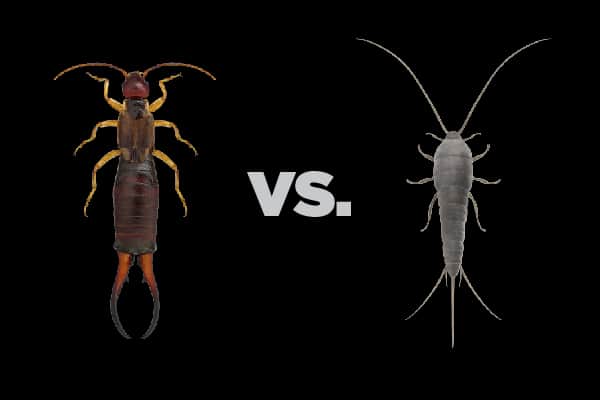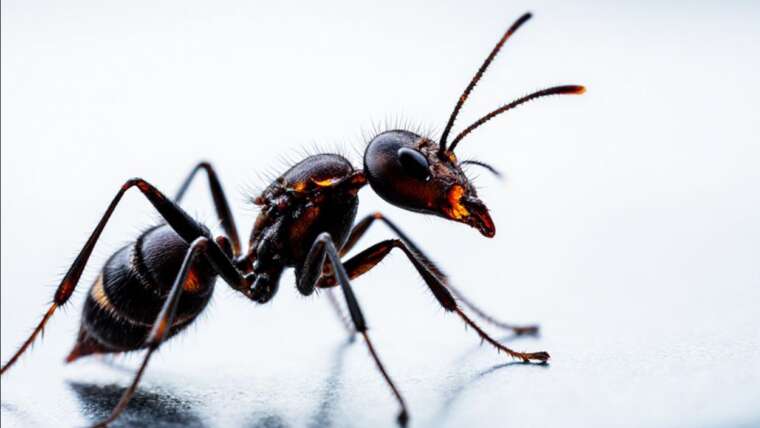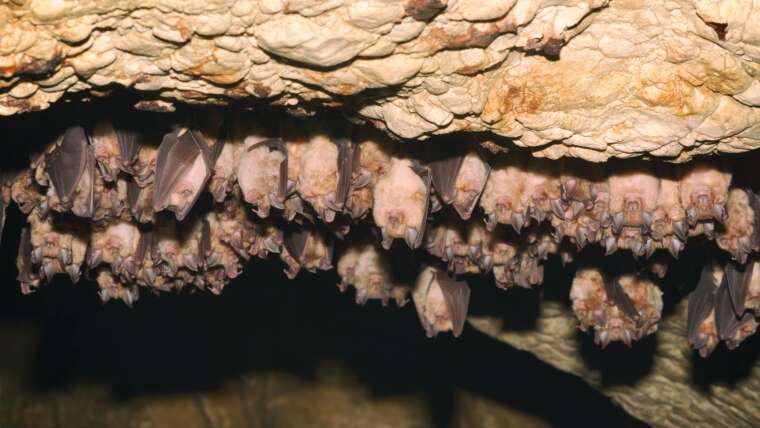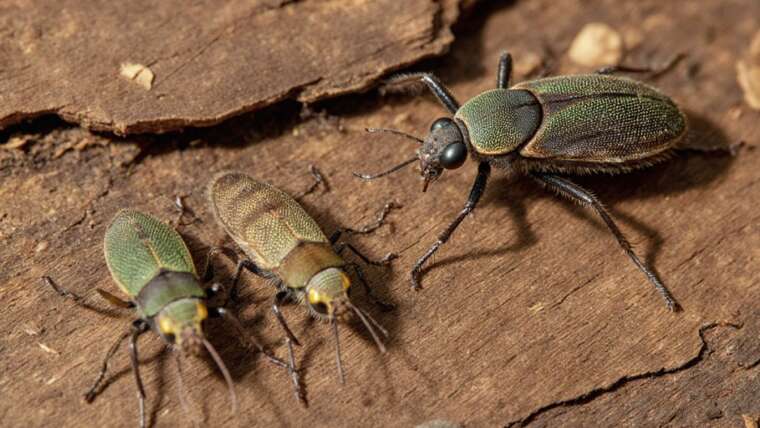Many individuals often find themselves pondering the question: Are silverfish and earwigs the same insect? Despite some superficial similarities, they are indeed two distinct insects, each with their own unique characteristics, behaviors, and habitats.
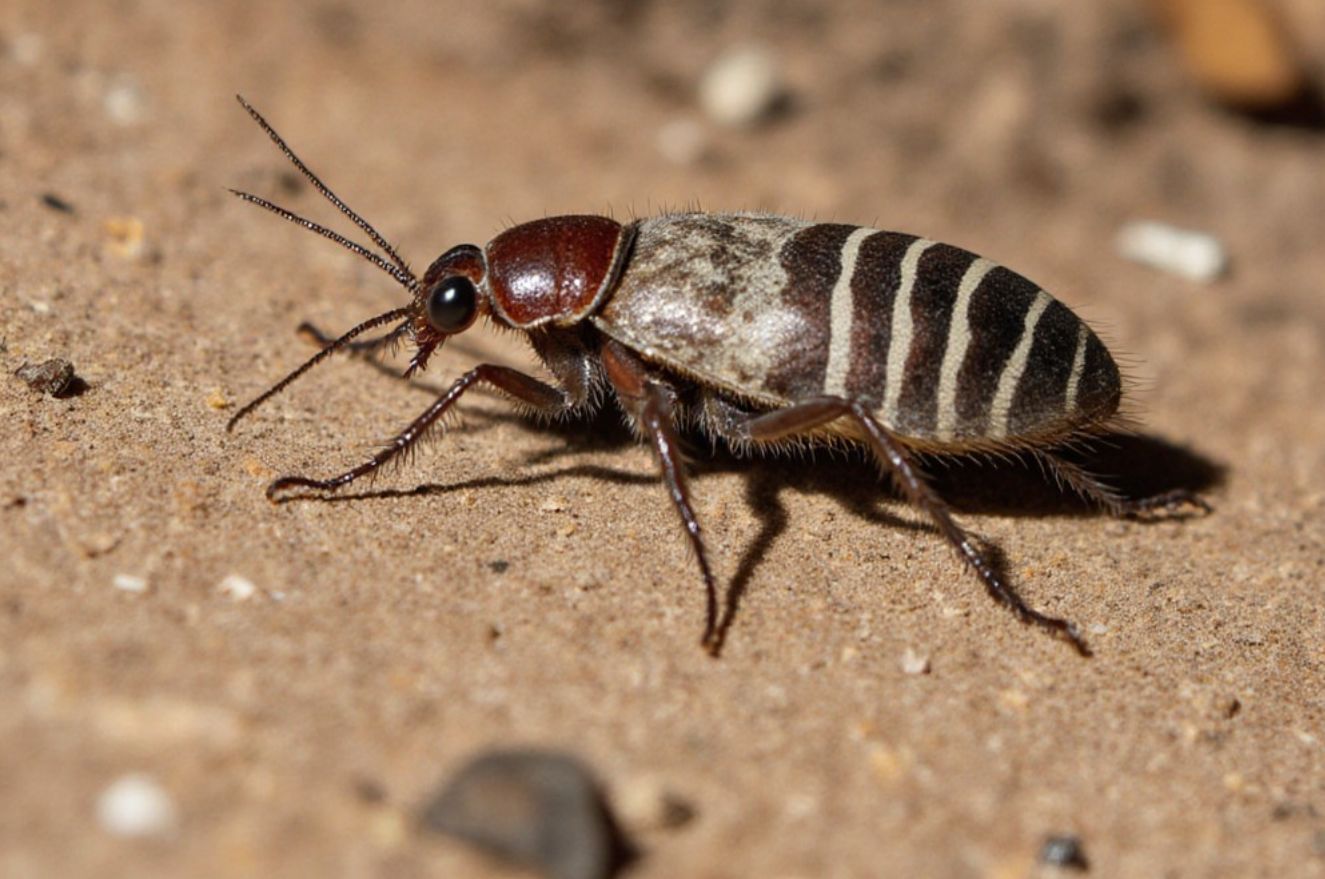
Numerous creatures have multiple names based on regional colloquialisms. For instance, in various parts of the United States, tadpoles may be referred to as pollywogs. Similarly, Chagas bugs are commonly known as assassin bugs or kissing bugs. This phenomenon can lead to confusion, particularly when identifying lesser-known insects like silverfish and earwigs, which truly embody unique classifications within the insect kingdom.
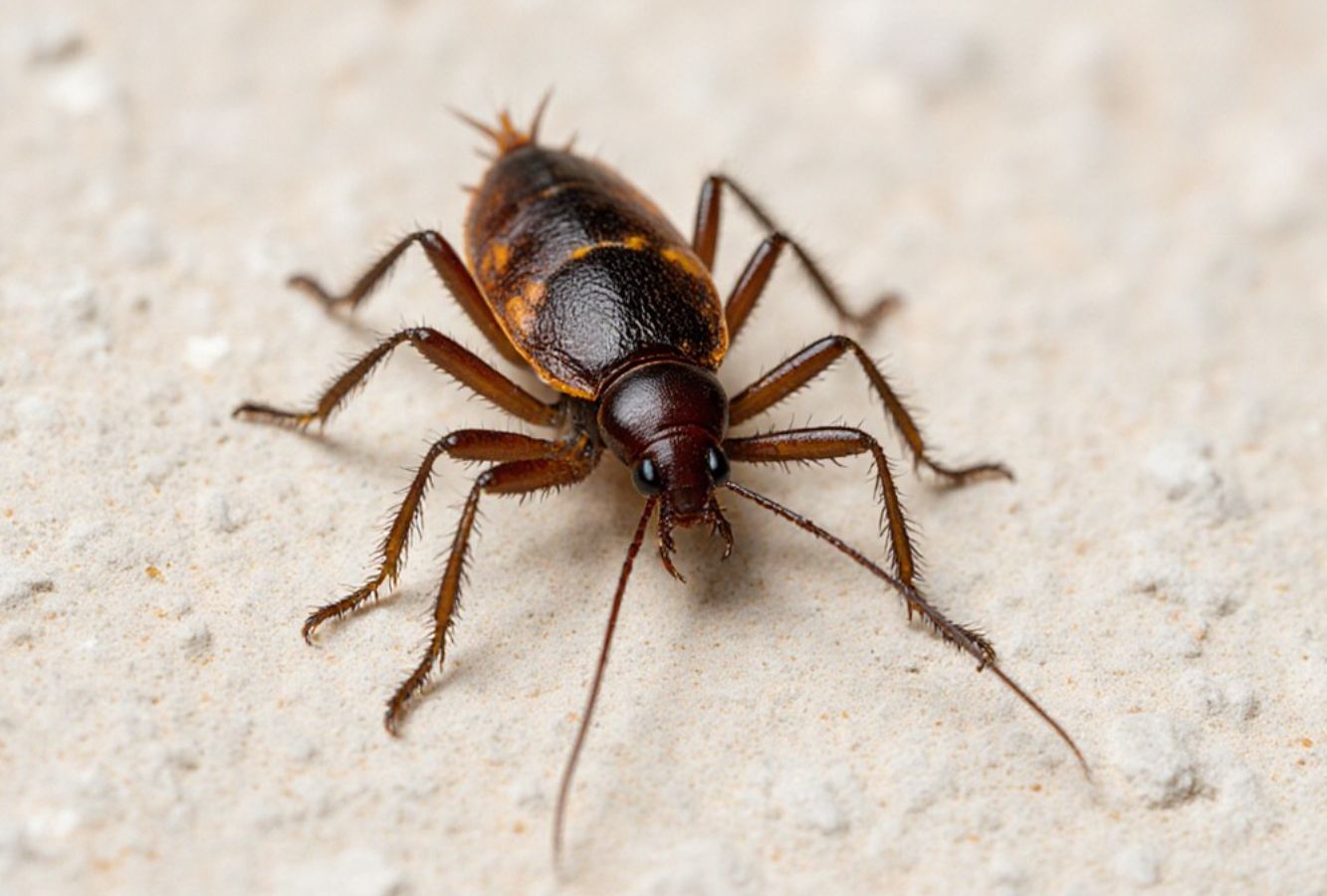
Appearance
Though both insects may evoke a sense of unease for some, there are numerous distinguishing features between silverfish and earwigs.
Silverfish: True to their name, silverfish exhibit a sleek, pearl gray, and shiny exterior. Unlike many insects, silverfish lack wings and possess slightly flattened bodies, which leads to a resemblance to tiny silver lobsters; however, they do not have pincers. Depending on their habitat and development, silverfish can grow anywhere from half an inch to an inch long. Their distinctive three tail-like appendages, which resemble long antennae, further set them apart.
Tip: The shimmering appearance of silverfish is due to scales on their exoskeleton, which reflect light. Observing this sparkle at night under a flashlight can help with identification.
Earwigs: Earwigs also feature slightly flattened bodies, yet they display a stark contrast in color, typically appearing in shades of black or brown. Some may even showcase vibrant stripes or reddish hues on their heads and limbs. Earwigs range from one-fourth to one-and-one-fourth inches long. Unlike silverfish, earwigs possess wings; however, seeing them in flight is a rare occurrence. One of the most notable characteristics of earwigs is their cerci, two hardened appendages that look like pincers protruding from the back end of their abdomen, often sparking curiosity.
Tip: To differentiate between the two insects quickly: remember that silverfish have a fish-like body shape, while earwigs appear more elongated with pronounced pincers.
Diet
When it comes to their dining preferences, silverfish and earwigs exhibit intriguing eating habits that can lead them into conflict with human belongings.
Silverfish: Known for their particular penchant for starch, silverfish often feast on substances containing this carbohydrate, making them prone to nibbling on old books, paper products, and even the glues used in wallpaper. Their attraction to such materials due to the sizing and starches found in them makes them especially unwelcome in households filled with paper items.
Tip: A proactive method to deter silverfish is to store books and papers in airtight containers, reducing their access to preferred food sources and habitats.
Earwigs: On the other hand, earwigs primarily consume a diet consisting of plants and decaying organic materials. They play a role in the ecosystem by breaking down plant matter, but they can also become nuisances when they invade gardens and homes.
Tip: Planting companion plants in your garden, such as marigolds or basil, can help deter earwigs, as these plants are known to repel them effectively.
Habitats
Though they may differ in appearance and diet, their choice of habitat reveals even more distinctions between silverfish and earwigs.
Silverfish: If you’re on the lookout for silverfish, search in areas of your home that are damp and not frequently disturbed. Areas with abundant food sources, such as old newspapers, family albums, or even wooden shingles prone to mold, make ideal homes for these pests. Their preference for humid environments underscores the importance of climate control within your residence.
Tip: Using a dehumidifier in damp areas of your home can significantly reduce the likelihood of silverfish infestations by depriving them of their preferred moisture levels.
Earwigs: Fortunately, most earwigs prefer living outdoors. These nocturnal insects seek moist, dark locales such as the undersides of flagstones, tree bark, and decaying wood. While they may rarely venture indoors, when they do, expect to find them in cool, dark, moist areas like basements or crawl spaces.
Tip: To keep earwigs at bay, ensure outdoor debris, like leaves and wood piles, is cleared away from the foundation of your home.
In summary, while silverfish and earwigs share certain characteristics, such as being pests in households, they are markedly different in many aspects: appearance, diet, and habitat. If you suspect an infestation of either of these insects, it’s wise to consider contacting a pest control service like Terminix®. A trained technician can evaluate the situation comprehensively and recommend effective removal and prevention strategies tailored to your specific needs.
With knowledge and preventative measures, you can create a home environment that minimizes the presence of these unwelcome insects.

